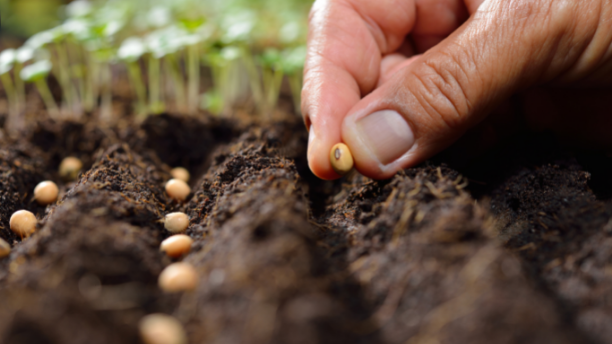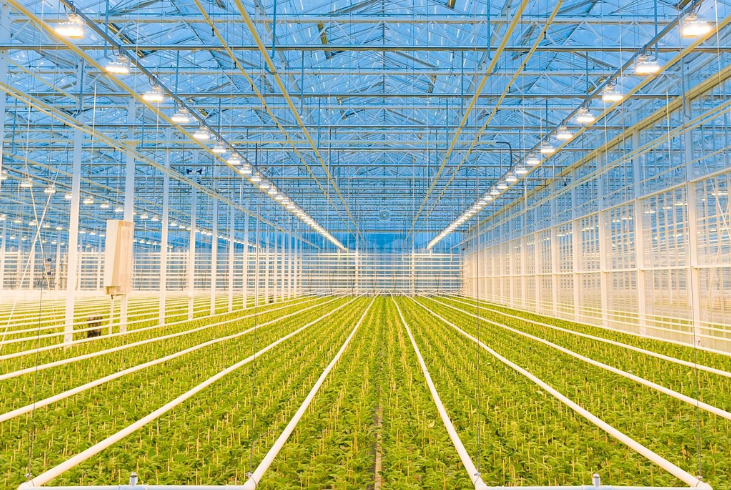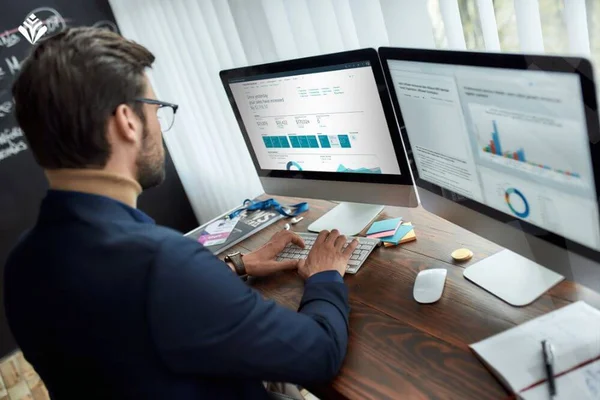Labor costs in greenhouses: 4 steps to gain more insight

Especially in 2022, labor costs will be a large part of the total costs within a greenhouses. The provisional figures from Agrimatie show that round 27% of all costs consist of labor costs. How can you ensure that these costs remain as low as possible?
Just a few steps
The first step to being able to reduce labor costs is to identify them. You probably know by and large what the costs are. But where do the costs come from? Which batches do you spend a lot of time on? Which activities take up the most time?
In this blog I will explain in four steps how to get a good insight into these costs. These are logical steps, but they are still rarely applied. And that is a shame. With good insights, you will know better where to save on labor costs. And every cost saving increases the profitability of the company.
Step 1: Gain insight on batches, jobs and location in the greenhouse
To trace labor costs to a batch, product group, activity or location, you must first have an insight into the greenhouse. Where is it located and who is doing what job? You need this information to link the time worked to an activity or location.
For a company with less acreage this will be easier than for a company with many acres and staff. Excel may provide insight, but not enough to know what your employees spend the most time on.
Step 2: Digitally log greenhouse labor
With only insight into the batches and activities, you do not yet have insight into the labor costs. The hours that employees spend on a lot or activity must be registered.
In horticulture we are seeing more and more apps that make it possible to register directly on the work floor. Of course you can also fill in the hours on paper, only the chance of mistakes is much bigger. In addition, the registration is often an estimate and therefore not reliable.
Mprise Agriware have developed an app with which you can register the labor directly. In this app you register the type of activity, the location and batch or product group. We also have a simple version of the app where only the start and stop time including breaks are registered. Read more about integrated apps in greenhouses.
Step 3: Link labor hours to batches, jobs and locations
So what is the next step? Connect the first two steps and the result is already there. The hours only need to be converted into euros. This step is very obvious, but we regularly see that this does not happen yet. Often the problem lies with one of the previous steps. The registration is not done properly or there is too little insight into the production planning.
How do you link these data? This can be done in various ways. For example, Microsoft PowerBI, a platform on which all data can be clearly displayed. It is of course important that the data sources are correct. In Agriware 365, for example, we automatically show the labor costs per batch. And there are even more opportunities!
Stap 4: Make data-driven decisions
Data is useful, but how do you turn it into action? Compare the data and see where most of the spending is. What's the reason for that? Can we perhaps rearrange jobs so it takes fewer hours? You start looking at labor costs based on facts and you also see back what any changes do.
Clear insights based on data enable people in the company to make better decisions more quickly. Ready-to-use dashboards linked to Agriware 365 Business Central, Agriware 365 Operations and to other data sources in the sector, provide direct insight.
In this way you will have an insight into what is happening in the nursery and you will be structurally working to reduce labour costs.
Would you like more information about our approach to this process? Download our Quick read (3min).





.png?width=689&name=The%20software%20for%20Horticulture%20Business%20(1).png)
/Bejo%20Agriware%20Fieldbook%20Short%20Demo.gif?width=1280&name=Bejo%20Agriware%20Fieldbook%20Short%20Demo.gif)



